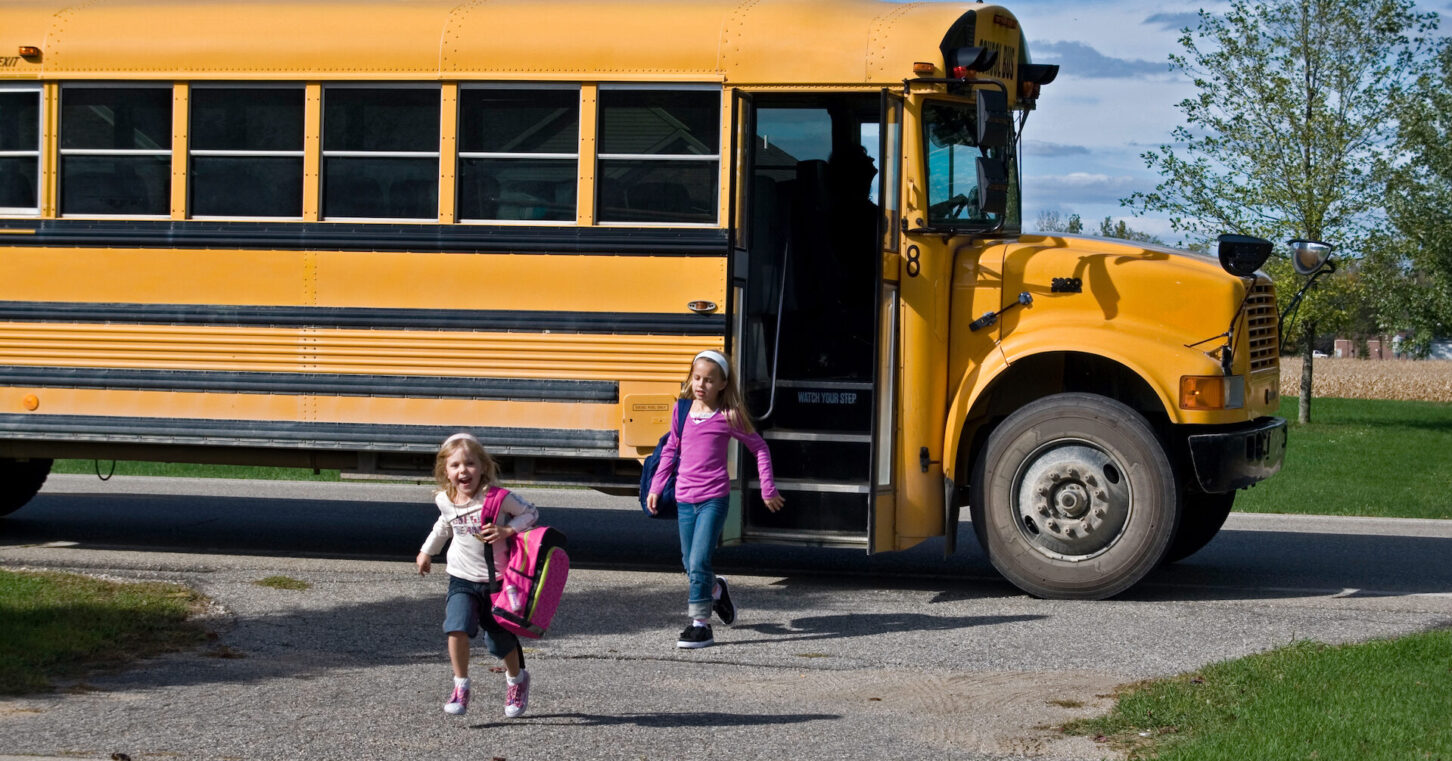
“To equip Georgia’s young students with the right tools for success and prepare them as our next generation of leaders, we must empower families with the ability to choose the best educational environment for their children,” declared Gov. Brian Kemp, a Republican, in his recent proclamation declaring January 22-28 School Choice Week in Georgia.
The Georgia legislature may soon consider a proposal to give families greater freedom to choose learning environments that align with their values and meet their children’s individual learning needs.
Education savings accounts, or ESAs, let families access state funds to pay for private school tuition, tutoring, textbooks, online courses, special needs therapy, and numerous other educational expenses. Nine states have already adopted ESA policies, including four in the last two years.
It’s not hard to understand why.
The pandemic—and especially district schools’ response to it—awakened parents to the need for education choice. Unnecessarily long school shutdowns, mask mandates, and concerns over the politicization of the classroom have propelled public support for education choice policies, like ESAs, to all-time highs. In a recent Morning Consult poll, seven in ten Georgians said they supported ESAs. Support among parents of school-aged children was even higher at 77 percent.
But not everyone is on board. The teachers’ unions and their allies are doing everything they can to block families from accessing alternatives to the district school system.
In an effort to peel away votes from Georgia legislators representing rural areas, opponents of ESAs are arguing that choice policies either don’t benefit rural areas or are harmful to rural district schools.
For example, state senator Elena Parent, a Democrat from Atlanta, claims school choice “doesn’t do anything for the kids in rural Georgia” due to the supposed lack of private options. Meanwhile, the Georgia Budget and Policy Institute, left-wing think tank, claims that education choice policies would have “particularly disastrous effects on rural school systems” as students leave their district schools for private options.
These two claims—that there are no schooling options in rural areas and that rural schools are imperiled because so many students will leave for those options—are mutually exclusive. They cannot both be true simultaneously, but they can both be—and indeed are—false.
First, as we detail in a new Heritage Foundation report, families in rural areas have access to more education options than ever before.
About seven in 10 rural families nationwide live within 10 miles of a private elementary school. Georgia’s tax-credit scholarship policy has been helping rural families enroll their children in private schools for more than a decade. The state’s largest scholarship organization, Georgia GOAL, awarded nearly 8,700 scholarships during the 2022-23 school year, accounting for about half the scholarships issued under the tax-credit program. Nearly 60% of GOAL’s scholarships, or about 5,000 total, were awarded to students living outside of Georgia’s metro areas.
Rural areas are also seeing the rise of microschools, a modern reimagining of the one-room schoolhouse. Microschool networks like Acton Academy, Adamo Education, Great Hearts, Kai Pods, and Prenda are teaching students in small groups, sometimes operating out of homes or church basements. Their approaches vary greatly—ranging from classical to Montessori—but all offer greater flexibility and individualized attention than the traditional classroom environment.
Additionally, high-quality virtual schools are available to anyone with a decent Internet connection—which is becoming increasingly available in rural America. A 2021 survey by the Pew Research Center found that 72 percent rural Americans said they have a broadband Internet connection at home, up 19 percentage points since 2016.
Fears that the wide availability of education options would harm rural schools are entirely unfounded. Arizona, for example, has consistently ranked among the top states for education freedom and choice over the past two decades. More students exercise their school choice options in Arizona than in any other state. If choice policies harmed district schools, then Arizona’s rural schools would be falling apart.
In fact, Arizona’s rural schools are improving much more than the national average. From 2007 to 2019, Arizona rural students’ fourth and eighth grade reading and math scores on the National Assessment for Educational Progress increased by a combined 21 points, while scores in rural schools nationally decreased by two points. On the most recent NAEP, post-pandemic, Arizona’s rural students were still up a combined nine points while rural students nationally dropped 17 points from 2007.
Education choice policies like tax-credit scholarships and ESAs expand educational opportunity for rural families while spurring rural district schools to improve their performance.
By embracing education choice policies, Georgia lawmakers can deliver on the promise of America’s education system and ensure that all children have access to the learning environment that best meets their individual needs and helps them to achieve their full God-given potential.

The Babylon Bee’s Seth Dillon will be the keynote speaker for our upcoming Georgia Freedom Dinner on April 25. You don’t want to miss this! Get your tickets now.
